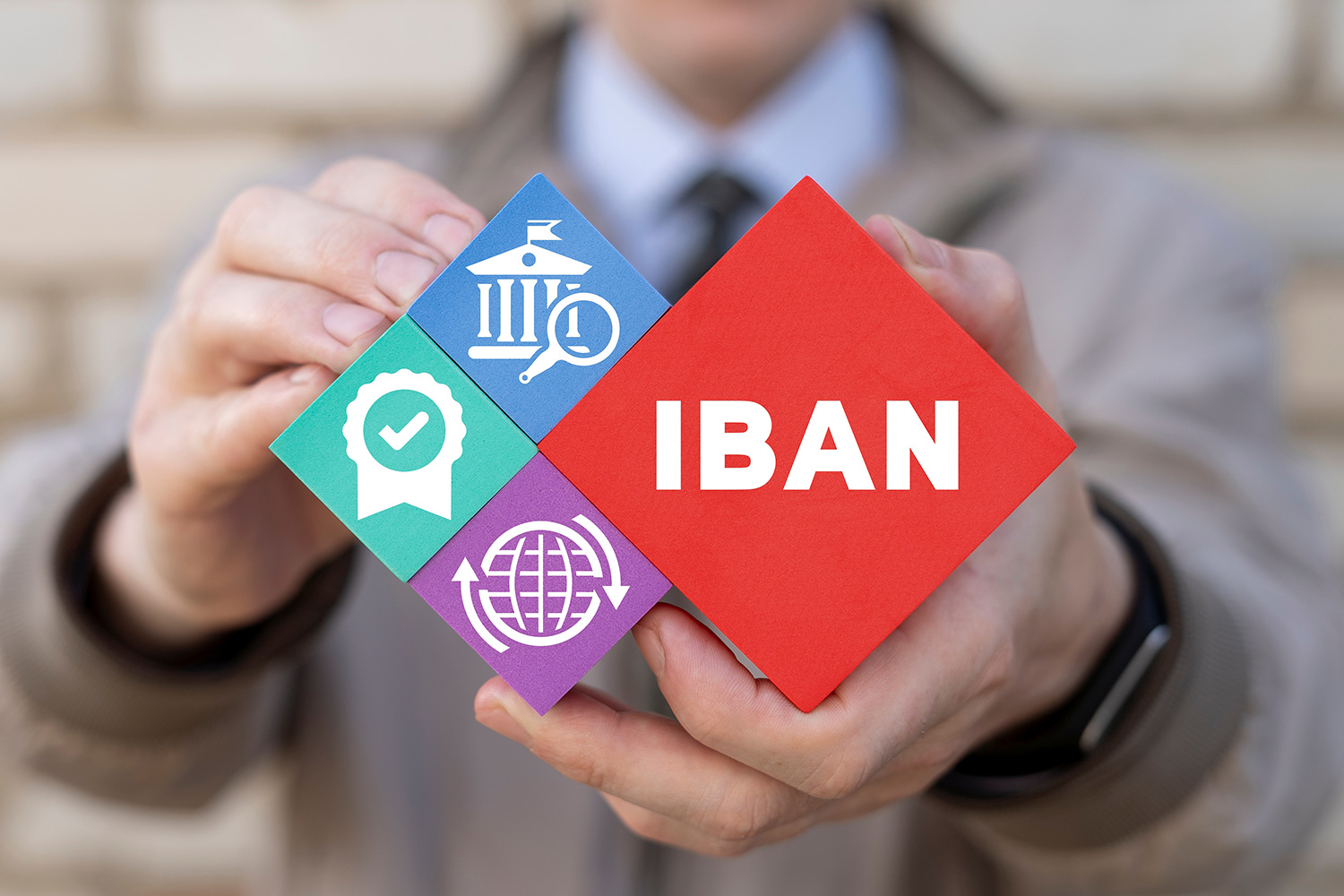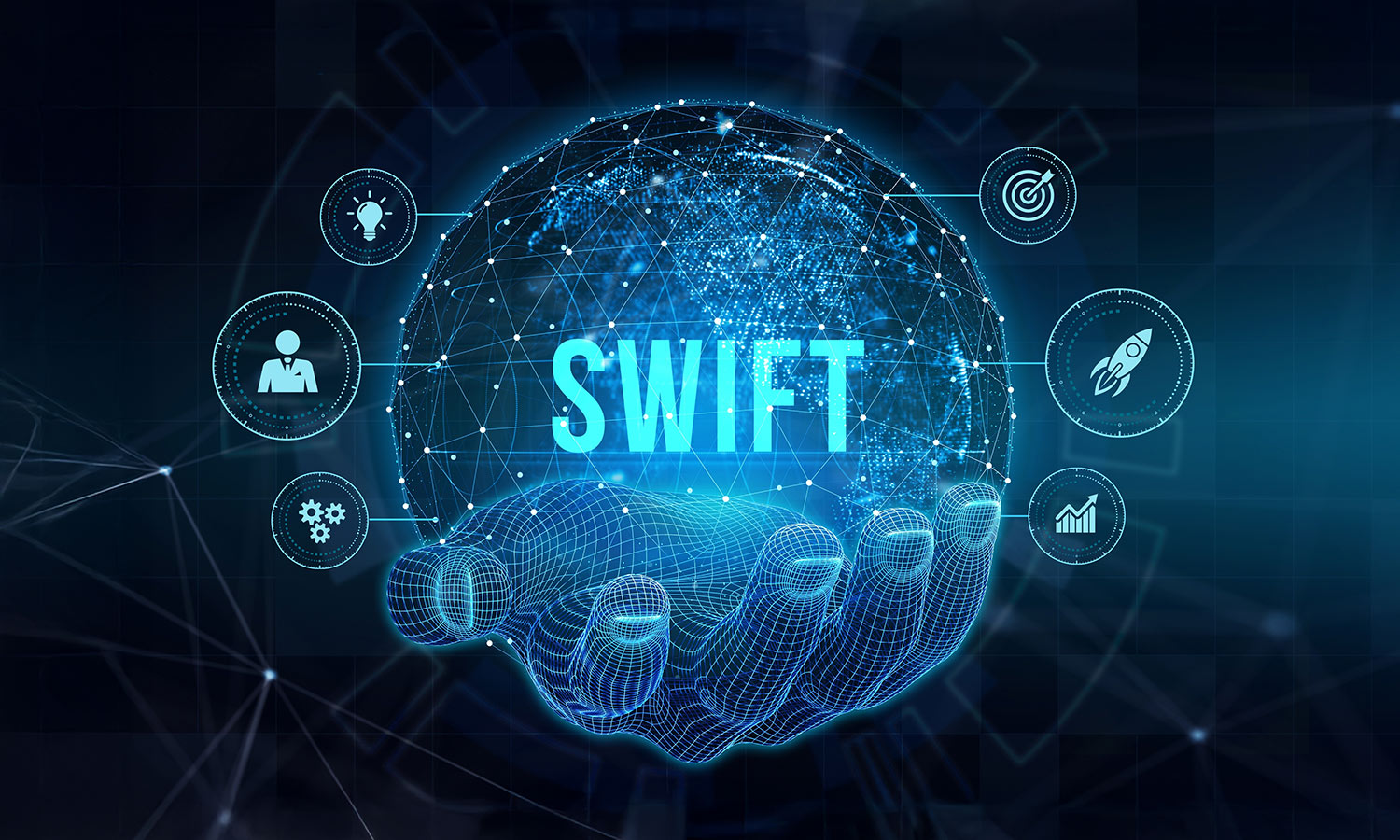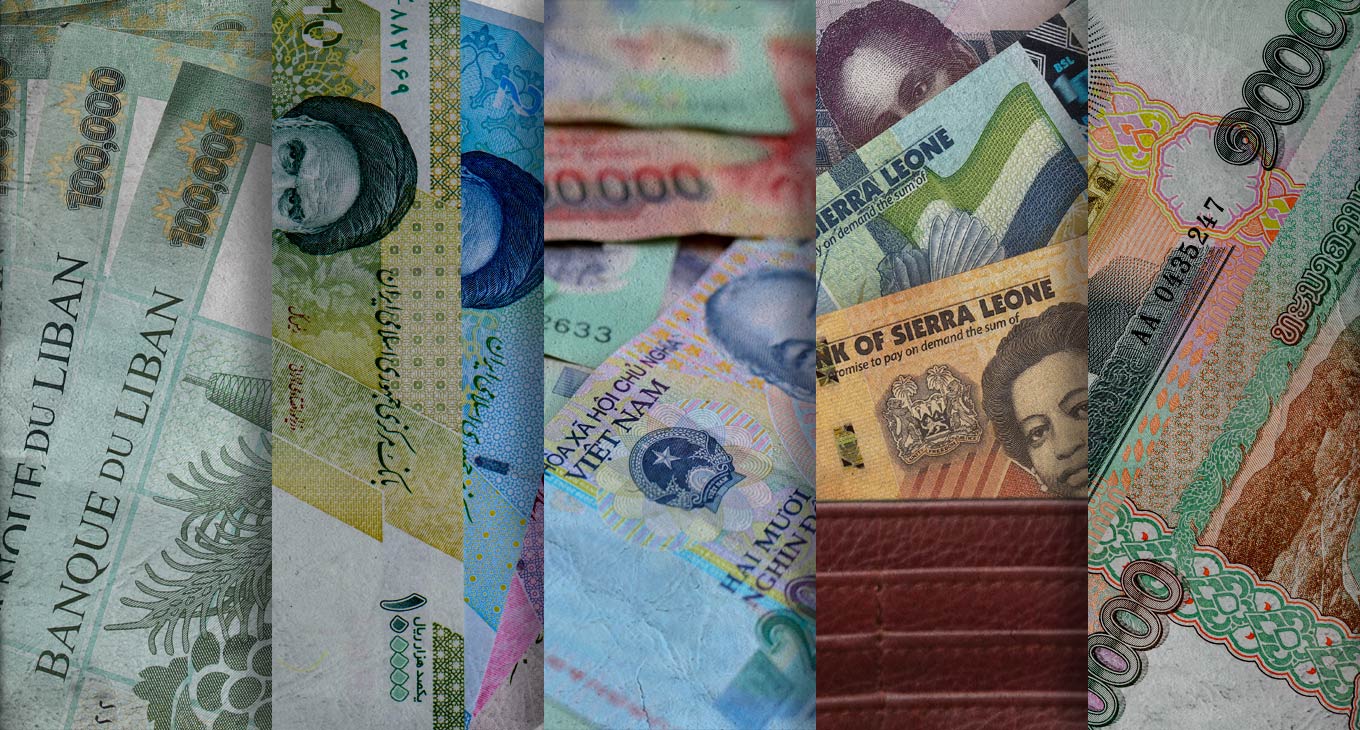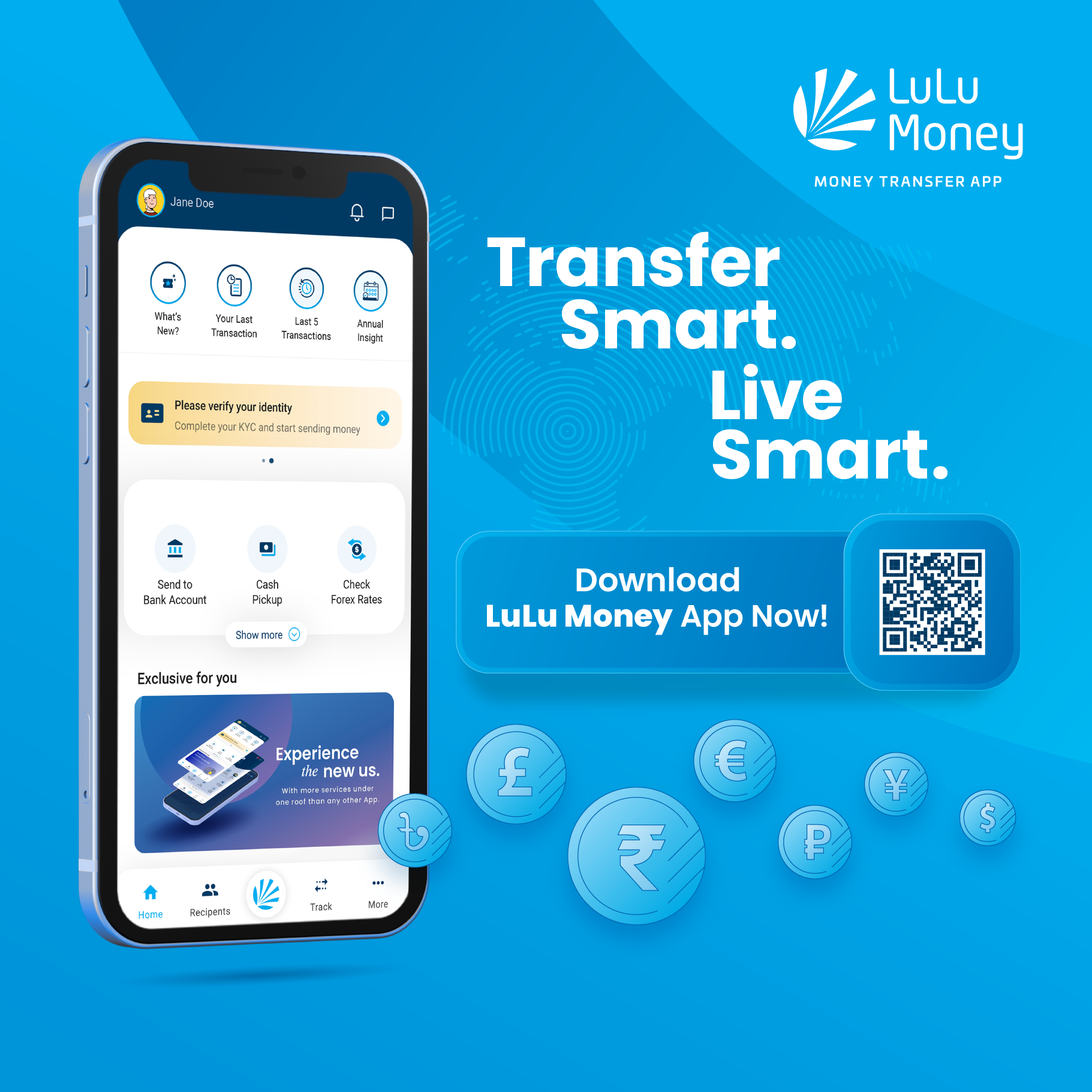

Disclaimer: The following article is intended for educational purposes. LuLu Exchange does not currently offer Web3 or blockchain-based products or advice.
Web3 is transforming the way assets are owned, transferred, and valued, introducing a groundbreaking shift in both digital and physical asset management. By leveraging blockchain technology and non-fungible tokens (NFTs), Web3 redefines ownership, allowing individuals to securely prove, transfer, and manage assets in a decentralized ecosystem. This evolution in asset tokenization is not just about efficiency—it’s about democratizing access to ownership and creating new opportunities for individuals and businesses worldwide.
How Web3 Ownership Works
At the core of Web3 ownership lies blockchain technology, which enables the representation of both digital and physical assets as unique tokens. These tokens, imbued with metadata, provide proof of authenticity, ownership, and provenance. Smart contracts automate complex processes, such as transferring ownership and distributing royalties, ensuring a seamless and secure experience.
The journey begins with asset tokenization, where the asset—be it digital art, real estate, or a collectable—is transformed into a unique digital token on the blockchain. This token can then be listed on a marketplace or offered directly by its creator. Buyers purchase the token using cryptocurrency, and ownership is recorded immutably on the blockchain. Once owned, the token can be held, used, or resold, with smart contracts enabling automatic royalty payments to the original creator upon resale.
This streamlined process revolutionizes how ownership is handled, replacing traditional intermediaries with transparent, automated systems that empower both creators and buyers.
Platforms Driving Web3 Ownership
Web3 ownership has given rise to innovative platforms that redefine how users buy, sell, and invest in assets. Decentraland exemplifies the potential of NFTs in the virtual world, allowing users to purchase, develop, and sell digital real estate. RealT brings tokenization into the real estate market, enabling fractional ownership of physical properties and lowering entry barriers for global investors.
For digital art enthusiasts, SuperRare offers a marketplace for unique, single-edition artworks. Artists sell directly to collectors, fostering a closer connection while benefiting from programmable royalties that ensure they earn from future resales. These platforms highlight the versatility of Web3 ownership across diverse domains.
The Unique Features of Web3 Ownership
Web3 ownership introduces several transformative features that set it apart from traditional asset management systems. NFTs provide unique digital representations of ownership, ensuring scarcity and authenticity for items like artworks and collectables. Tokenization enables fractional ownership of high-value assets, such as real estate, making these investments accessible to a broader audience.
Smart contracts add a layer of programmability, automating royalty distribution to creators and establishing continuous revenue streams. Interoperability across platforms allows assets to be used in various contexts, from games to virtual worlds, increasing their utility and value. Additionally, blockchain technology ensures that all ownership records are transparent and immutable, fostering trust and security in every transaction.
Benefits of Web3 Ownership
The advantages of Web3 ownership extend to asset holders, creators, and investors alike. By tokenizing assets, ownership becomes more accessible, democratizing opportunities for individuals to participate in markets previously reserved for the wealthy. Creators benefit from new revenue streams, earning royalties on secondary sales without relying on intermediaries.
For investors, tokenized assets offer increased liquidity, enabling the trading of traditionally illiquid items like real estate or fine art. The provable scarcity and authenticity provided by blockchain technology add intrinsic value to digital items, making them highly desirable in global markets. Furthermore, decentralized marketplaces facilitate seamless cross-border transactions, connecting buyers and sellers worldwide.
Challenges Facing Web3 Ownership
Despite its promise, Web3 ownership is not without challenges. Regulatory uncertainty remains a significant hurdle, particularly for the tokenization of real-world assets, which must navigate complex legal and compliance frameworks. Environmental concerns also arise from the energy consumption of certain blockchain networks, especially those using proof-of-work mechanisms.
Fraud and theft risks are inherent in emerging markets, with smart contract vulnerabilities and scams posing threats to users. Managing and securing digital assets requires a level of technical expertise that may deter mainstream adoption. Valuation challenges further complicate the market, as the unique nature of digital assets like NFTs makes pricing a subjective and evolving process.
The Future of Web3 Ownership
As Web3 ownership continues to evolve, its integration with traditional financial and legal systems will be crucial in solidifying its legitimacy. Enhanced fractional ownership models are expected to emerge, allowing broader participation in high-value assets while maintaining secure and equitable structures.
The tokenization of new asset classes, including intellectual property rights and physical goods, will further expand Web3’s influence, reshaping industries from real estate to art. These developments hold the potential to revolutionize asset management, making ownership more inclusive and accessible while unlocking new opportunities for creators and investors.
Web3 ownership is not just a technological advancement—it represents a paradigm shift in how value is defined and transferred. By bridging the gap between digital innovation and real-world application, Web3 paves the way for a future where asset ownership is secure, transparent, and democratized for all.
Popular BLOG

November 12, 2025
Why Does the US Dollar Hold the Key to Global Exchange Rates?

October 31, 2025
Best Time to Send Money From UAE to India

October 10, 2025
How to Identify Fake Money Transfer Scams

September 25, 2025
The Ripple Effect: When Everyday Choices Echo Far & Wide

October 6, 2025
WPS in UAE: Everything Employers and Employees Should Know

September 19, 2025
How AI Will Impact Money Transfer in the Future

September 10, 2025
What is IBAN Number? How to Find & Use IBAN

September 2, 2025
What Is a SWIFT Code and Why Do You Need It?

August 25, 2025
World Currency Symbols, Explore All Country Currency Symbols

August 7, 2025

